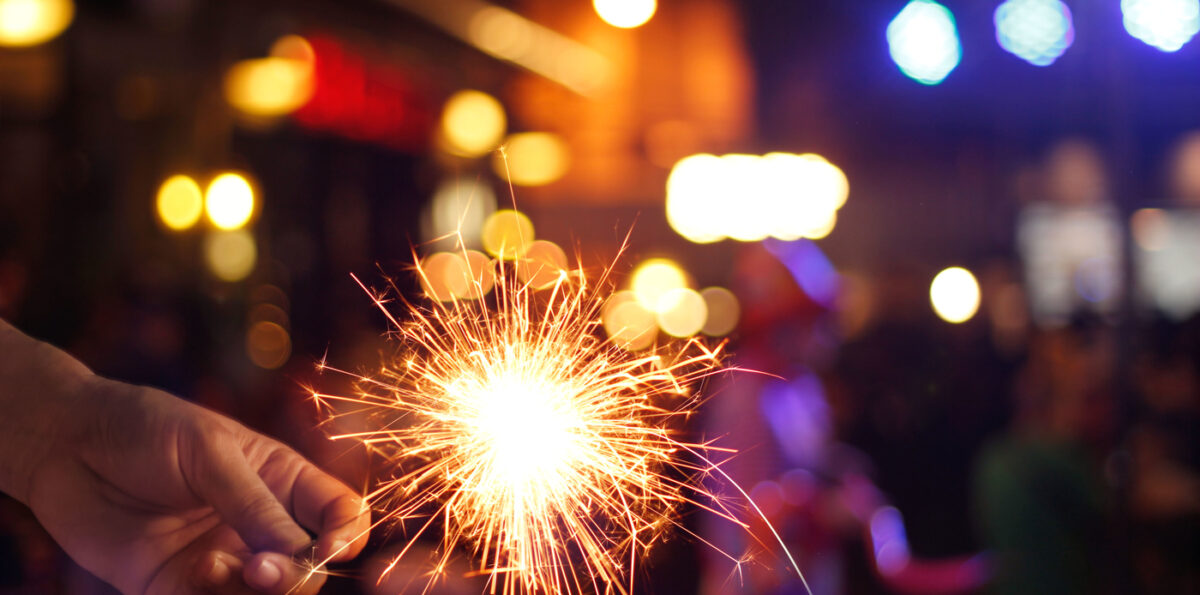How to use fireworks safely — and avoid a trip to the hospital

The Fourth of July can be a fun and meaningful celebration of freedom and independence — but taking too many liberties with fireworks can be risky.
Accidents involving fireworks happen most often on the Fourth of July, as well as during the week before and after the holiday. Injuries can range from minor burns to permanent scarring, blindness and amputation.
That’s why emergency rooms across the state are urging caution and awareness as we approach the Fourth of July weekend.
Common fireworks-related injuries
Common injury types are burns and trauma-related injuries from being struck by or holding a firework.
Firework injuries in children can also occur in areas that are not as obvious, such as the chest and abdomen, says Mauricio A. “Tony” Escobar, MD, Medical Director of Pediatric Surgery and Pediatric Trauma at Mary Bridge Children’s Hospital.
“Fireworks may get trapped in clothes, causing initially unrecognized burns and blunt trauma to organs,” he says.
What causes injuries?
The leading causes of fireworks-related injuries often include being hit by fireworks as the result of standing too close and holding fireworks in the hand while igniting them.
Use a long smoldering stick to light a firecracker rather than holding it and get away from it quickly.
Alcohol appears to be a primary factor in many fireworks injuries, especially the more serious ones.
Most dangerous types of fireworks
The types of fireworks that typically cause the most injuries include:
- Legal fireworks: Multi-aerials, sparklers and Roman candles
- Illegal fireworks: Homemade devices (including sparkler bombs); M-80s, M-100s and cherry bombs; and firecrackers and chasers
Although sparklers aren’t typically considered dangerous, they can reach temperatures as high as 2,000 degrees, according to the U.S. Consumer Product Safety Commission.
Sparkler bombs
High-powered, illegal and homemade, sparkler bombs are the most dangerous type of fireworks.
It’s a good idea to identify and steer clear of this type of fireworks device. Sparkler bombs can be as powerful as a stick of dynamite, often igniting accidentally or prematurely by exposure to heat or friction.
In addition to the loud discharge, they produce shrapnel from sparklers (metal wire), materials used to make the bomb and anything the device destroys by projecting debris. This shrapnel can cause life-altering injuries such as amputations and severe eye injuries.
Fireworks safety tips
- Never try to make your own fireworks
- Never attempt to re-light a firework
- Never hold a lit firework in your hand, or light a firework while holding it
- Designate an adult to light fireworks
- Minimize alcohol and drugs around fireworks
- Always supervise children around fireworks
- Light one firework at a time and keep at a safe distance
- Never place any body part directly over a fireworks device
- If a device doesn’t light or fire, wait five minutes before approaching, then carefully place in a bucket of water (do not re-light)
- Keep a connected hose or fire extinguisher nearby when lighting fireworks
- Soak all used fireworks in water before disposing
- Don’t point fireworks at houses, people, pets, or anything else that can burn
- Keep pets indoors with doors and windows closed; make sure they have ID tags in case they become frightened and run away
If you or someone you know is injured by fireworks, it’s a good idea to seek care sooner rather than later.
Minor burns in children can be treated at the Mary Bridge Wound & Ostomy Clinic, staffed by wound-certified ARNPs. Adults with minor burns can be treated at an urgent care clinic.
For more severe burns and other life-threatening injuries, find your nearest emergency room.
Are fireworks legal in my city?
Check your city’s or county’s website for fireworks regulations and safety. Here are some helpful websites:
- King County fireworks regulations and safety
- Kootenai County fireworks regulations and safety
- Pierce County fireworks regulations and safety
- Spokane County fireworks regulations and safety
- Thurston County fireworks regulations and safety
This article was originally published in June 2016 and updated in June 2022.